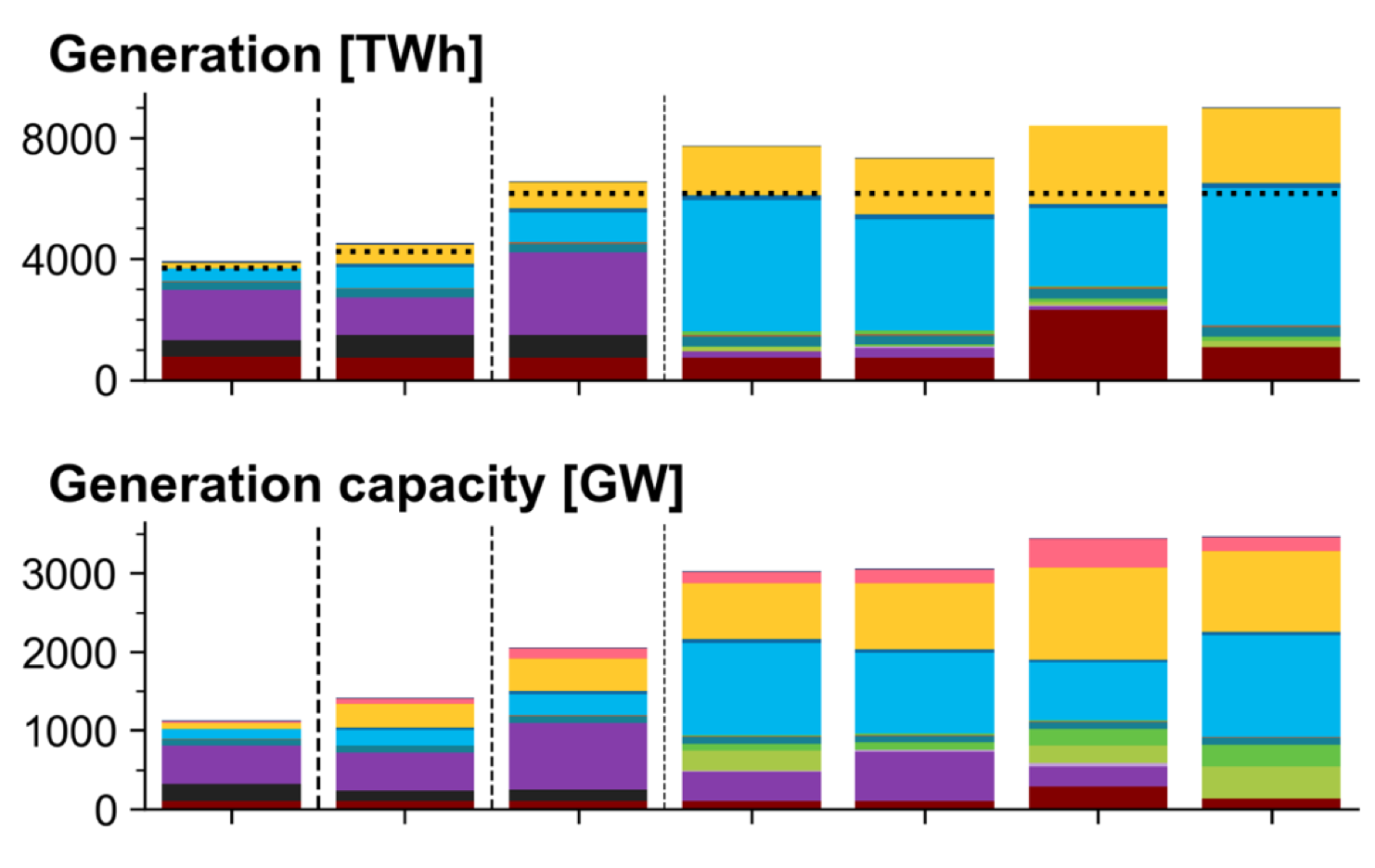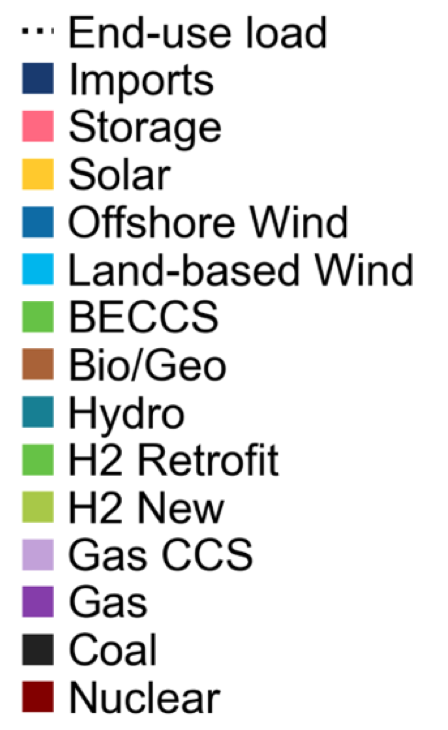The Impossibility Of Bridging The "Last 10%" On The Way To "100% Clean Electricity"
/As my last post reported, the Official Party Line from our government holds that we have this “100% Clean Electricity” thing about 90% solved. As the government-funded NREL put it in their August 30, 2022 press release, “[a] growing body of research has demonstrated that cost-effective high-renewable power systems are possible.” But then they admit that that statement does not cover what they call the "last 10% challenge” — providing for the worst seasonal droughts of sun and wind, that result in periods when there is no renewable power to meet around 10% of annual electricity demand. That last 10%, says NREL, will require one or more “technologies that have not yet been deployed at scale.”
But hey, we’ve got 90% of this renewable transition thing solved. How hard could figuring out that last 10% really be?
And on that basis the government has embarked upon forcing the closure of large numbers of power plants that use fossil fuels like coal and natural gas, as well as on suppressing exploration for fossil fuels and other things like pipelines and refineries. After all, if we’re transitioning at least 90% to renewables, we won’t need 90% of the fossil fuel infrastructure any more, will we?
Actually, that’s completely wrong. Until the full solution to the so-called “last 10% challenge” is in place, we need 100% of our fossil fuel backup infrastructure to remain in place, fully maintained, and ready to step in when the wind and sun fail.
Let’s take a brief look at what bridging the last piece of the renewable transition actually looks like.
NREL’s August 2022 Report titled “Examining Supply-Side Options to Achieve 100% Clean Electricity by 2035” lays out several scenarios for supposedly achieving that goal. For all the scenarios, the most important piece is the same: building and deploying lots more wind turbines and solar panels. (The scenarios differ in the degree of deployment of other elements like transmission lines, battery storage, carbon capture technology, and additional nuclear.). As foreseen by NREL, by 2035, total electricity generation capacity in the U.S. has more than tripled, with the large majority of the additions being wind and solar. There is substantial overbuilding of the wind and solar facilities, presumably to provide enough electricity on days of light wind or some clouds, while having large surpluses to discard on days of full wind and sun. Some storage has been provided, but mostly “diurnal” (intra-day) and not seasonal.
Here is a chart from the Report (page x) illustrating the addition of facilities in the four scenarios by 2035. In this chart, the left-most column depicts current (2020) conditions, and the right-most four columns depict the four proposed scenarios for 2035:
And here’s the translation of the color codes:
So in any of these four scenarios for 2035, assume that we are now at the moment when the “last 10%” of the annual power consumption needs to be generated. That means that the wind is not blowing, the sun is not shining, and the storage facilities are empty. Also assume for these purposes that the magical something that will supposedly bridge the “last 10%” gap still remains to be invented, as is the case today.
Simple question: How much in the way of fossil fuel backup do we need at this moment? The answer is: all of it. That is, we need enough fossil fuel backup to supply 100% of the demand on the grid, or at least 100% of the demand that is not supplied by whatever residual generation from dispatchable things like hydro, biomass, or nuclear our masters have allowed to remain in service.
In other words, don’t get fooled from the assertion that only 10% of the supply problem remains to be solved into thinking that that means that any of the fossil fuel backup can be reduced or eliminated. You may need the backup for only 10% of the year, but when you need it, you need all of it. You may have built wind and solar facilities sufficient to supply the grid three times over when the wind is blowing and the sun shining; but when they are not, and the storage is empty, you need every single fossil fuel power plant you ever had.
So until this “last 10% challenge” is solved, it remains completely incompetent and irresponsible to reduce any of the fossil fuel generation infrastructure currently in place. No amount of building of wind and solar facilities changes that. The only thing that can change that is the invention and deployment of some kind of storage or carbon capture technology that, in the gentle phrasing of NREL, “has not yet been deployed at scale.” (Someone else might use the term “complete fantasy.”)
During the massive build up of wind and solar facilities envisioned in the Report, the 100% of fossil fuel infrastructure that must be kept around must also be fully maintained and ready to step in at a moment’s notice at any time during the year. The fossil fuel supply chain must be fully in place. The facilities must be fully replaced when they wear out. The full capital cost of the facilities must be paid — even though those facilities only operate by assumption about 10% of the time. If you think about it, that means that the capital charge for the plants per unit of electricity sold gets multiplied by 10. Somehow I can’t find any mention of that issue in this very lengthy and detailed Report.
Incidentally, I could quibble with the assertion that addition of more and more wind and solar facilities and some diurnal storage can get you anywhere near 90% electricity production from these sources. El Hierro Island has a 2x overbuild of wind turbines and plenty of storage from its water reservoir to supply demand for a full day; but they can’t consistently get past 50-60% of supply from the wind/storage system. These NREL guys claim to have sophisticated models that show they can get to the 80-90% range. Believe them if you want. What they don’t have is any functioning demonstration project. Building such a thing would require work that can’t be done on a laptop. We can’t expect government bureaucrats to do such things, now can we?
However, for these purposes, assume that their claim that they can get to 90% is right. It doesn’t make any difference. It could even be 95%. You still can’t get rid any of the fossil fuel infrastructure until some form of seasonal storage has been invented and deployed at scale.
Yet our government functionaries, under direction from the President, go about working to suppress fossil fuel production and infrastructure in every way they can think of. After all, they are the “experts.”

